|
CRTs - Magnetic deflection CRTs - Electrostatic deflection |

This is the grandfather of all CRTs. It is a laboratory model for demonstration purposes. It has no filament and only one pair of deflection plates.
Cathode Ray Tubes can be divided into three main groups:
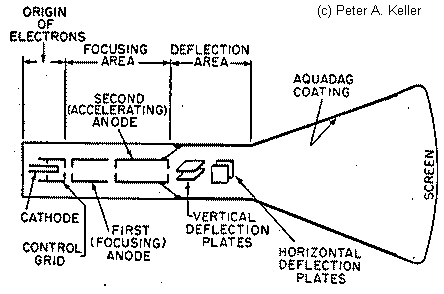
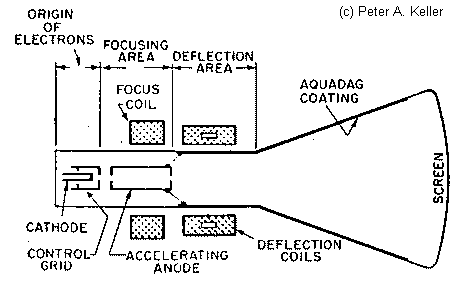
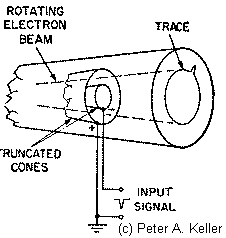
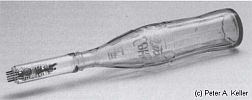
An amusing CRT


Thomson CSF TMA406H

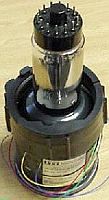
.
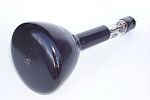

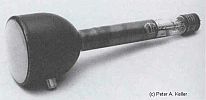
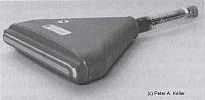
Fiber-optic film recording CRT
magnetic deflection
static deflection